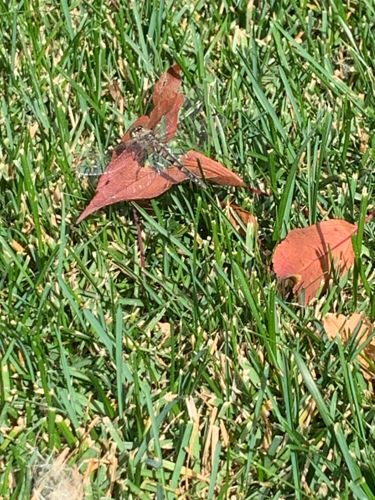Dragonfly
Scientific Name: Odonata (Anisoptera)
Order & Family: Order: Odonata, Suborder: Anisoptera (various families depending on species)
Size: Wingspan can range from 2 cm to over 15 cm (0.8 to 6 inches), with body lengths from 2 cm to 12 cm (0.8 to 4.7 inches).

Natural Habitat
Typically found near freshwater bodies such as ponds, lakes, rivers, and wetlands. They require aquatic environments for their larval stage.
Diet & Feeding
Dragonflies are predatory insects. Both adult and larval stages (nymphs) feed on other insects. Adults hunt flying insects like mosquitoes, flies, moths, and even smaller dragonflies. Nymphs prey on aquatic invertebrates, tadpoles, and small fish.
Behavior Patterns
Dragonflies are diurnal and highly active during warm weather. They are skilled fliers, capable of flying forwards, backwards, sideways, and hovering. Males often display territorial behavior, defending good breeding and hunting grounds. Mating involves a 'wheel' formation. Larval development occurs underwater, which can take several months to several years, followed by emergence into the adult winged form.
Risks & Benefits
Dragonflies are highly beneficial to ecosystems and humans. They are natural pest controllers, consuming large numbers of nuisance insects like mosquitoes and flies, which can help reduce the incidence of insect-borne diseases. They pose no direct risk to humans; they do not sting or bite (though a large one might give a mild pinch if handled). They serve as important bioindicators of ecosystem health, as their presence often indicates good water quality.
Identified on: 9/20/2025